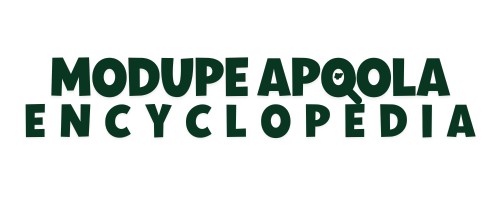Hypodermic Needle Theory postulates that the media have a direct, immediate and powerful effect on the audience members. In the study of the Ikeja bomb blast of January 27, 2002, majority were in possession of radio and television sets which they used regularly. The use of radio correlates positively and significantly with age and income, while television use correlates with education and income. Radio and television played an important role in the day of the blast in trying to explain to Lagos resident what was happening and what to do. There was general panic in Lagos , but those who heard the radio broadcast remained clam afterwards, while those who did not hear continued to run helter-skelter. Thus in a way, the media may have exerted a direct, immediate and powerful effect on some peole on the day of the blasts.
In the case of the Shagamu ethnic riots of July 1999, the Yoruba indigenes relied more on the local media. Hausa settlers depended mostly on foreign radio for information. This dependence on foreign media, though habitual, increased during the emergency, although participants adjudged the media, especially the foreign , quite effective in telling the world what happened at Shagamu, participants still agreed that rumours contributed to the escalation of the crisis and probably to the revenge killing of Yoruba settlers in Kano. Local media was adjudged as having managed information inadequately during the crisis.
